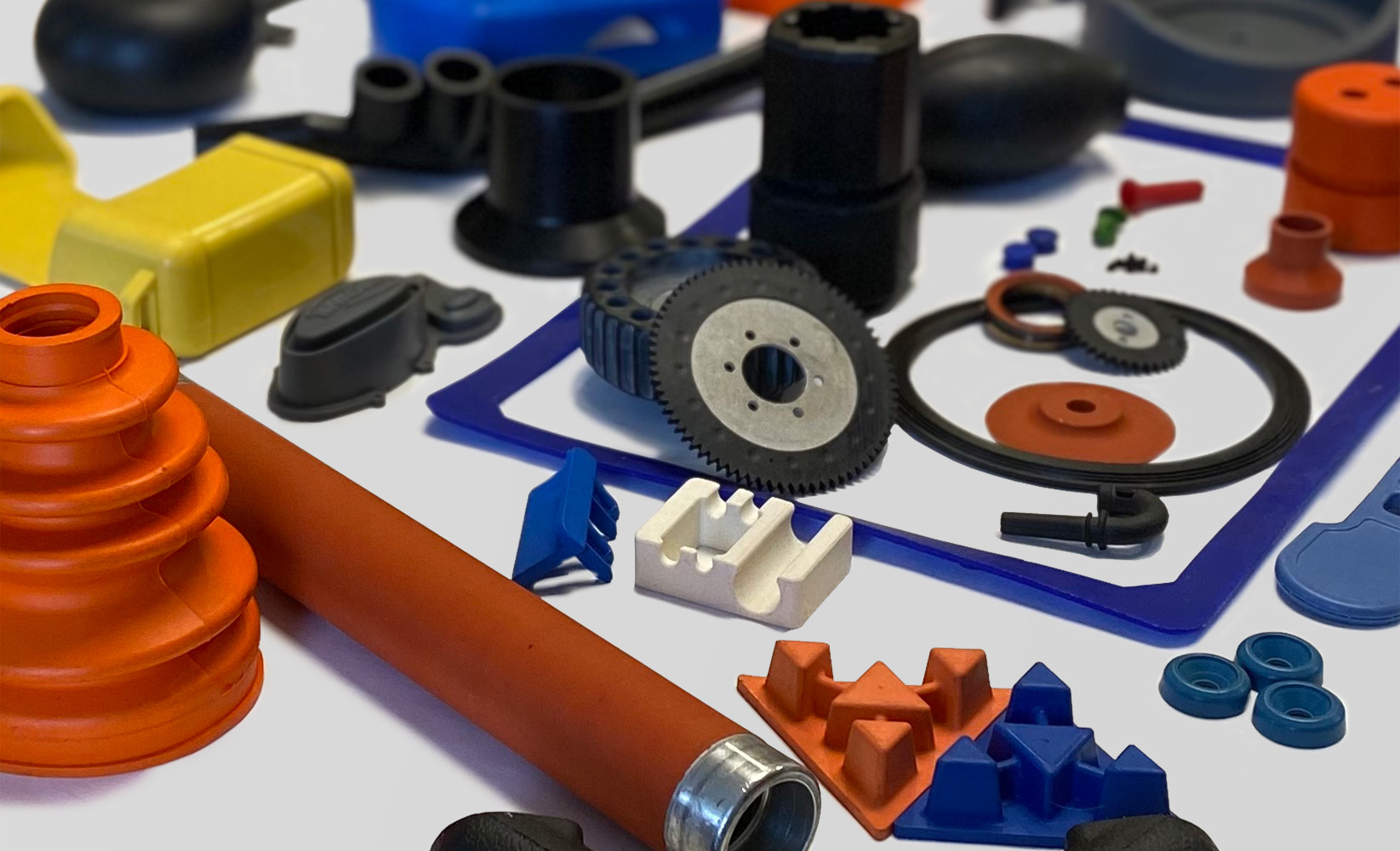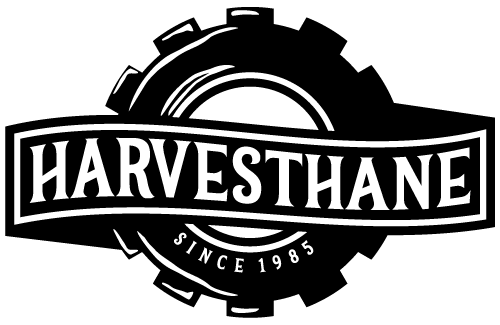A major advantage of collaborating on a project with Molded Dimensions Group is our expertise in rubber, plastics and urethane.
These materials offer benefits and ideal uses in the application process. Today, we look at rubber and its special qualities in manufacturing:
Customizable: According to Chemist Ed Cole, the process methodologies available today allow for a variety of options with rubber, especially products that need durability and give. Here, the type and grade of rubber is important to consider. Rubber is more “spring-like,” says Cole, making it a better option than other materials. “We have the ability to modify rubber for unique applications,” says Cole. “If a customer can’t get a product made somewhere else, our team can do it here.”
Versatility: Rubber is a very versatile material. It performs well at low temperatures, such as aerospace applications, or in high heat areas like oil & gas. “Because there are so many different polymers available, we can manipulate rubber to withstand temperature from minus 100 degrees Fahrenheit to 525 degrees F,” says Consulting Chemist Tony Lukas. “Where urethane’s limit is 200 degrees F, some rubber materials tolerate temperatures to 525 degrees F. With rubber, the stretch is much better than with plastics.”
Hardness: From the soles of your shoes to tires on the car and seals in an engine, determining the durometer or hardness of rubber depends on the application – whether pliable or rigid elastomers are the desired outcome. At 200 degrees Fahrenheit, seals for high temperature applications will be softer but can still perform. “Based on how much push back you want on a seal, you can tweak that for hardness,” adds Lukas. “We have flexibility to adjust what is needed.”
Expense: From a cost standpoint, the price depends on several factors. “Rubber can be cost-effective and the most appropriate material for what a customer needs,” says Lukas. “Sometimes an engineer is familiar with a type of rubber that might be expensive, so by understanding the design and application, we can recommend another form to curb costs.”
Molded Dimension Group follows strict environmental regulations, ensuring their rubber products are adherent to various regulatory bodies such as REACH, RoHS, CA Proposition 65, PFAS, among others. No matter what the project is, our team collaborates with you to identify the ideal formulation for your specific applications.
“We ask a lot of questions upfront such as, ‘Where will it be used? Will it be immersed in fluid? Or what about the color?’,” says Cole. “There’s a lot of upfront detective work to completely understand what the customer wants and provide the best material recommendation.”
Case Study: Complex Part Production
Challenge: Molded Dimensions Group developed a new application with a customer for a dynamic part, but little else was known about the material requirements.
Solution: The team created a single-cavity prototype mold to make parts for evaluation. Starting with 60, 70, and 80-durometer natural rubber samples, they found acceptable dynamic performance in the 60 and 70 ranges. However, the temperature requirements exceeded natural rubber’s limits. Switching to EPDM, they sampled 50, 60, and 70-durometer grades, achieving success in temperature resistance and dynamic performance, but EPDM failed fluid resistance tests. Finally, they tested 60-durometer XNBR, HNBR, and NBR nitrile samples. Straight nitrile offered the best balance of properties and cost. The 65-durometer nitrile was finalized for production.
Result: The results from the prototype parts also led to some design recommendations, both for performance and manufacturability, that were incorporated into the production mold. An ideal process would have had more completely defined specifications at the beginning, but the new nature of the application made that harder to predict. It does however highlight our ability to adapt and provide multiple iterations for the customer to try.




